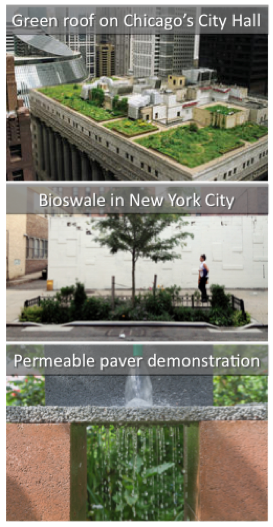The Town of New Castle, New York has adopted a comprehensive green building law that is designed to create a more sustainable community by incorporating green building measures into the design, construction, and maintenance of buildings. The New Castle Town Board voted unanimously to adopt the law on December 13, 2011.
The green building law adopts the U.S. Green Building Council’s LEED for New Construction rating system and requires that new construction and major modifications to municipal, commercial, and high-rise multi-family residential buildings over 5,000 square feet meet the requirements for a Silver rating under LEED. The law does not apply to single or two-family dwellings, which are already subject to EPA’s Energy Star requirements pursuant to Town law.
Town Supervisor Barbara Gerrard said, “We expect the law to conserve resources, reduce construction waste, reduce the amount of energy used to build and maintain buildings, and reduce greenhouse gas emissions. We believe it will produce economic benefits in energy and water savings and health benefits in good indoor air quality for the owners and occupants of buildings subject to the law.”
The Town of New Castle, in Westchester County, includes the hamlets of Chappaqua and Millwood. New Castle has a record of leadership in sustainability. In 2008, it was the first municipality to be named a New York State Department of Environmental Conservation Climate Smart Community, and it is a member of ICLEI, an organization of local governments and associations that have made a unique commitment to sustainability. The green building law supports these efforts as well as New Castle’s 2011 Climate Action Plan and its goal of reducing greenhouse gas emissions by 20% below 2005 levels by 2015.
The town received assistance in drafting the law from Columbia Law School’s Center for Climate Change Law. The Center has launched a Model Municipal Ordinance Project that creates best practices for municipalities that want to adopt ordinances concerning green buildings, small scale solar, and commercial wind facilities. These model ordinances enable local governments to save time and resources as well as to avoid common drafting problems and legal pitfalls. For more information, including copies of the model ordinances and accompanying legal commentaries, please visit: https://www.law.columbia.edu/centers/climatechange/resources/municipal


